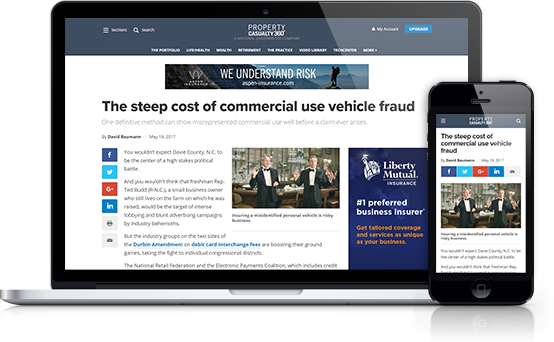Catastrophe modelers have spent a lot of time analyzing the Northeast for windstorm risk, but Superstorm Sandy revealed numerous failings in the programs, resulting in significant losses for some insurers, says Fitch Ratings.
In a special report, “Hurricane Sandy Update,” Fitch says the standout exposure during Sandy was the storm surge that it produced. The storm, despite making landfall on the southern coast of New Jersey, produced record storm surge “associated with hurricanes of greater intensity. As a result, it was the flooding and not the wind that caused the most damage,” says Fitch.
Superstorm Sandy, which struck on Oct. 29, was no longer considered a hurricane when it struck; its status had been reduced to and extra-tropical cyclone by the time it struck the Eastern seaboard.
Recommended For You
Want to continue reading?
Become a Free PropertyCasualty360 Digital Reader
Your access to unlimited PropertyCasualty360 content isn’t changing.
Once you are an ALM digital member, you’ll receive:
- Breaking insurance news and analysis, on-site and via our newsletters and custom alerts
- Weekly Insurance Speak podcast featuring exclusive interviews with industry leaders
- Educational webcasts, white papers, and ebooks from industry thought leaders
- Critical converage of the employee benefits and financial advisory markets on our other ALM sites, BenefitsPRO and ThinkAdvisor
Already have an account? Sign In Now
© Touchpoint Markets, All Rights Reserved. Request academic re-use from www.copyright.com. All other uses, submit a request to [email protected]. For more inforrmation visit Asset & Logo Licensing.







